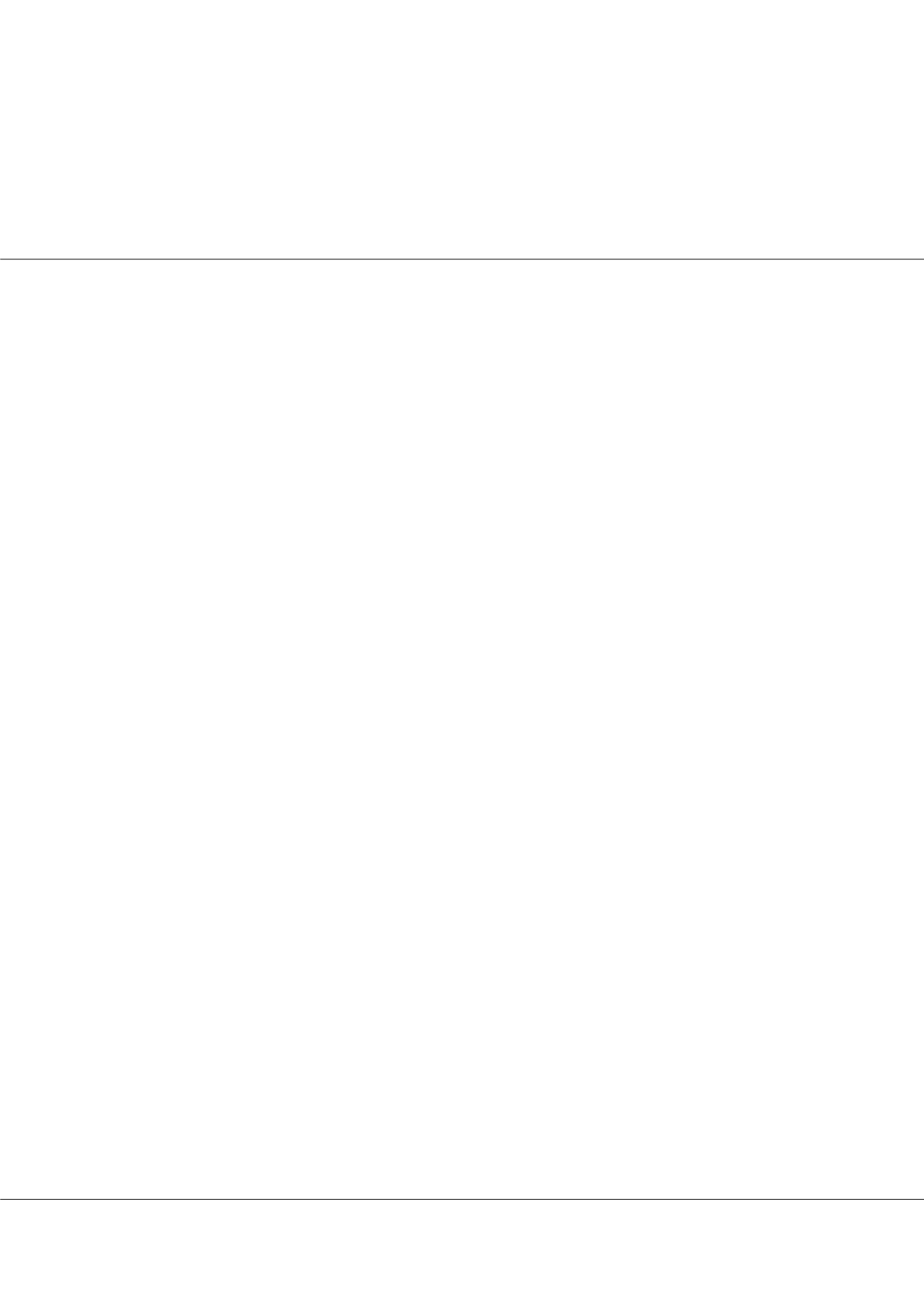

Page 35
Notes:
conferenceseries
.com
Volume 8, Issue 5 (Suppl)
J Addict Res Ther, an open access journal
ISSN: 2155-6105
6
th
World Congress on
August 29-31, 2017 | Prague, Czech Republic
Addiction Disorder & Addiction Therapy
Addiction Congress 2017
August 29-31, 2017
Component analysis of illegal herbal medicines used for substance use treatment in Tehran, Iran
Hooman Narenjiha
Welfare University, Iran
Background & Objective:
Many substance users use herbal medicines to stop their addiction. However, these medicines are usually
produced in a non-standard way, using different materials, some of which contain illicit substances. So, this study aimed at analyzing
the components of herbal medicines, which are used for substance abuse treatment.
Methods:
This study was conducted in Tehran, Iran in 2015. We recruited a number of previously addicted people who stopped
substance abuse; they were referred to herb sellers working in each of the 22 districts of Tehran to buy herbal capsules or tablets for
substance abuse treatment. Overall, we collected a total of 95 samples and sent them to a laboratory. The samples were tested for the
presence of opioids, amphetamines, benzodiazepines, tramadol, codeine and other components. The collected data were analyzed
using HPLC method.
Results:
A total of 23 samples (24%) were in the form of tablets, with pressed external coverage, in different colors, and weighing
between 1.75 and 2.5 mg; these tablets were known as dragon tablet. The other 72 samples (76%) were in the form of capsules filled
with colored powders, weighing between 1.5 and 2.5 mg; they were known as the hand-made drug withdrawal capsules. The most
common ingredients in all the samples, respectively, were as follows: diphenoxylate (95%), tramadol (87%), morphine (83%), codeine
(72%), and acetaminophen (71%). Other components found in the samples were benzodiazepines (23%), phenobarbital (22%),
methamphetamines (19%), cannabis (17%), amphetamines (11%) methadone (6%), and tricyclic antidepressants (3%). The most
common ingredients in dragon tablets, respectively, were tramadol, diphenoxylate, morphine, codeine, and acetaminophen. The most
common ingredients in hand-made capsules were diphenoxylate, tramadol, morphine, codeine, and acetaminophen, respectively. A
comparison between hand-made capsules and dragon tablets showed that the dragon tablets did not contain methadone; on the other
hand, phenobarbital, methamphetamine, and amphetamine were found to have a higher dose of methadone. However, most of the
hand-made capsules contained diphenoxylate, morphine, codeine, acetaminophen, benzodiazepines, and methadone. Concerning
the number of substances in the samples, an average of five substances was present in each of the analyzed samples, and 66% of
the samples contained five or more substances. Moreover, 42 samples (44% of total samples) contained the five main substances
(including morphine, codeine, tramadol, diphenoxylate, and acetaminophen).
Conclusion:
The findings of the present study showed that the herbal capsules and tablets used for substance abuse treatment
contained varying amounts of illegal substances; hence they could cause some problems for substance abusers who seek for treatment
using this type of medications. Therefore, it is necessary for health policy makers to prevent the sale of such materials and have more
supervision over herb sellers.
narenjiha@yahoo.comHooman Narenjiha, J Addict Res Ther 2017, 8:5 (Suppl)
DOI: 10.4172/2155-6105-C1-033
















